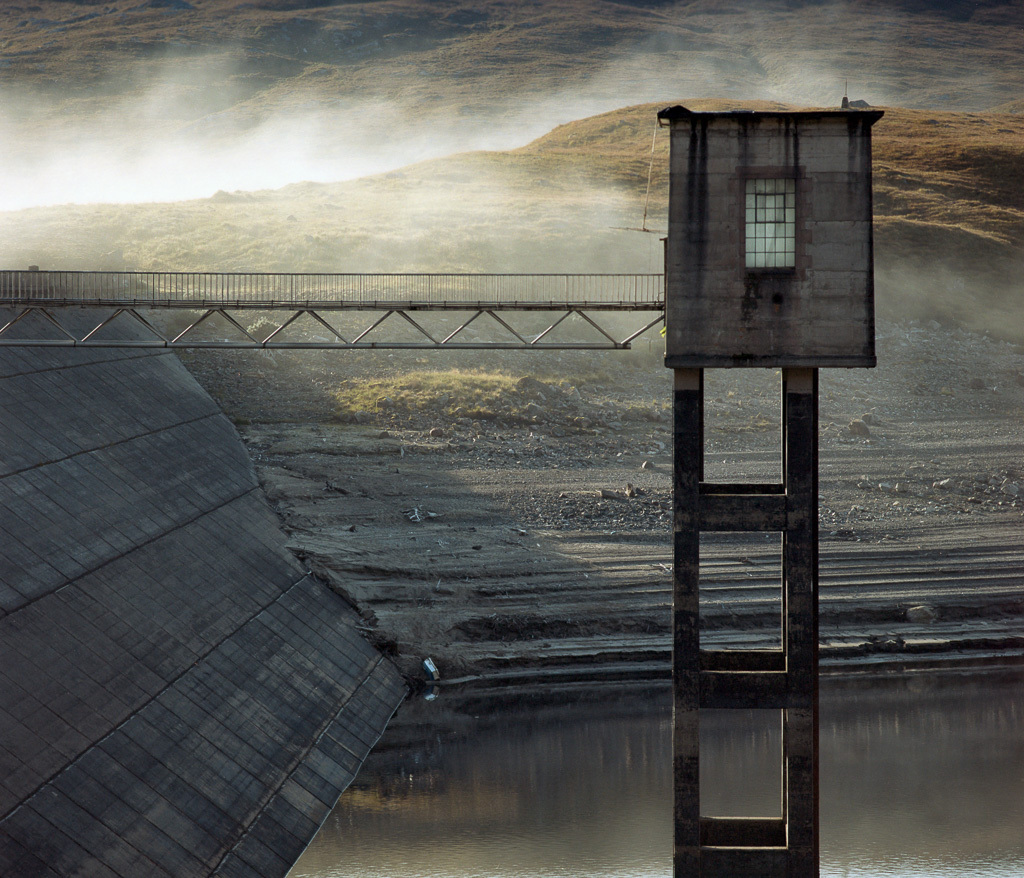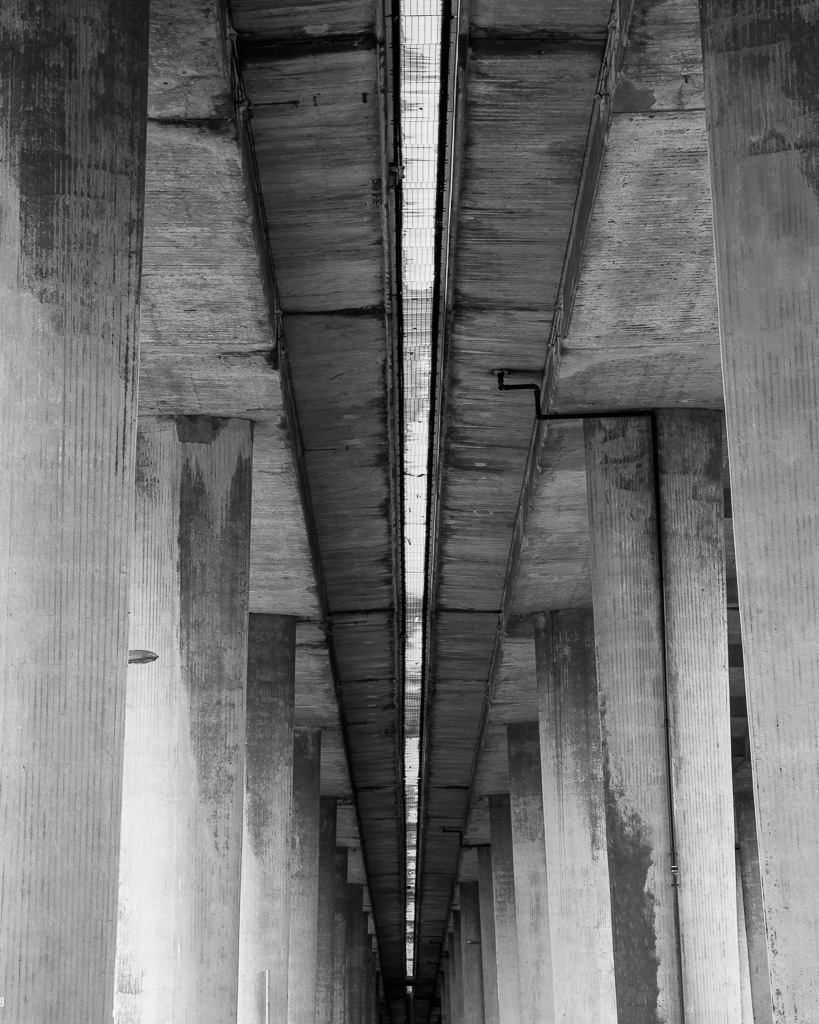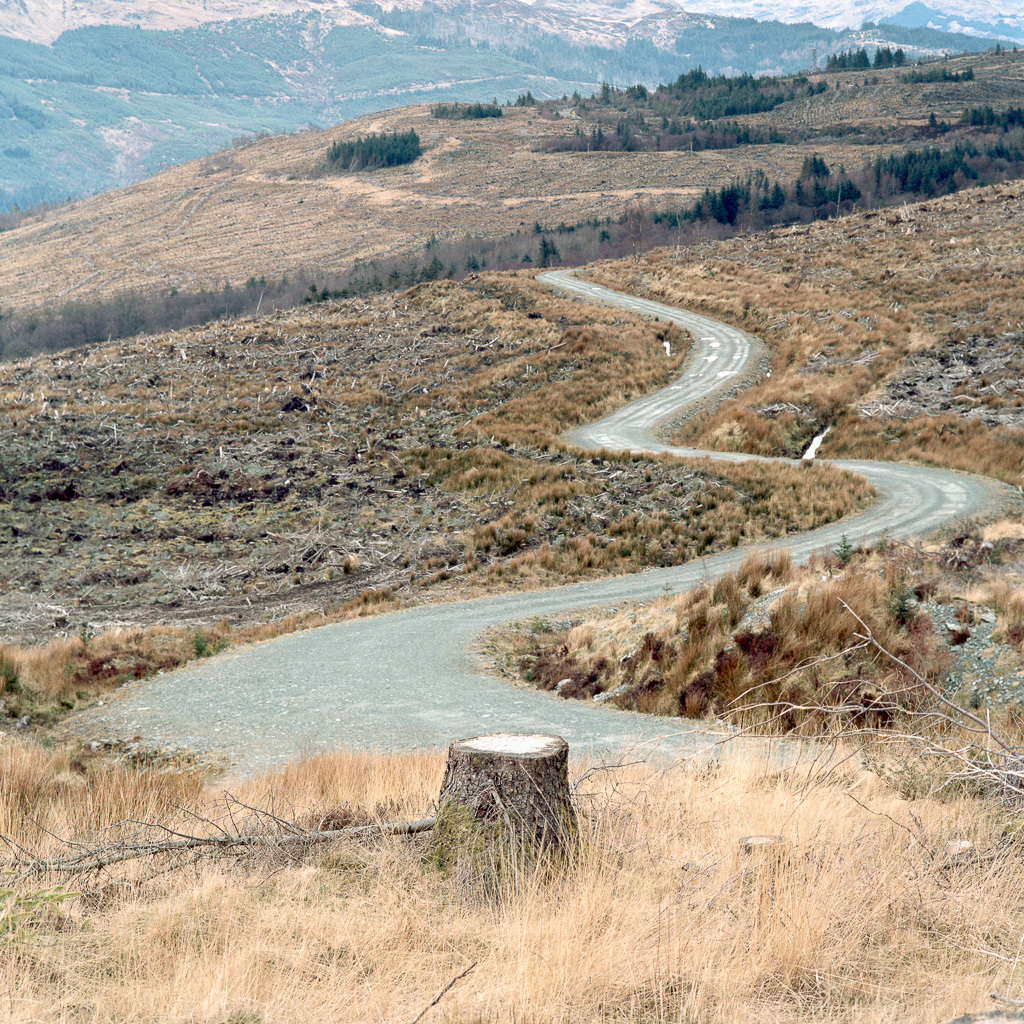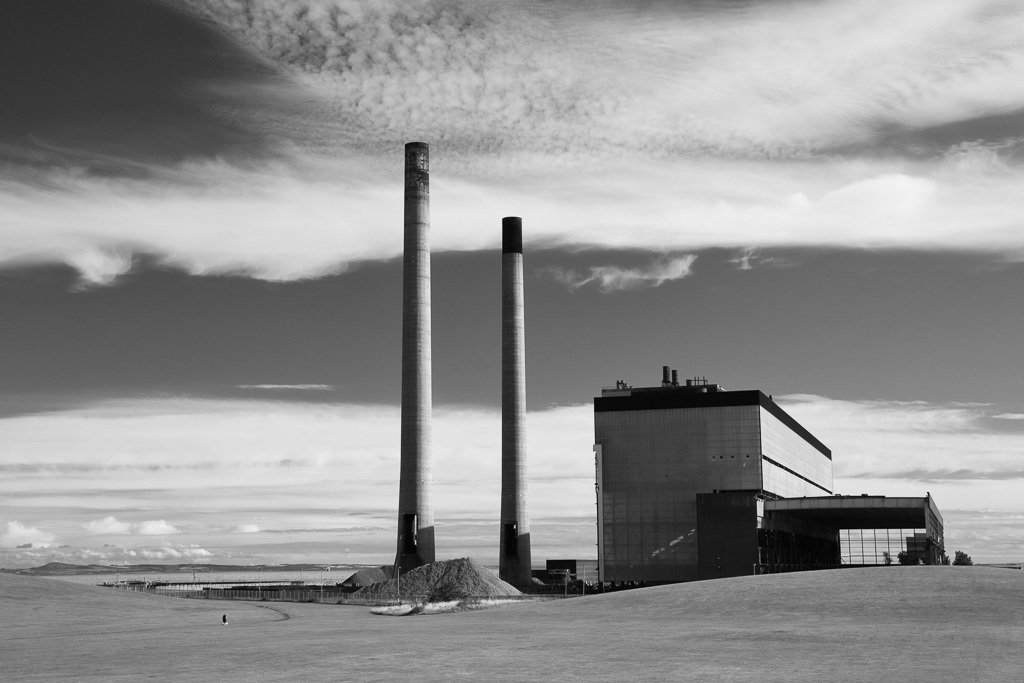It is hard not to be in awe when you stand in front of one of the many hydroelectric dams that can be found throughout the Scottish Highlands. These large expanses of concrete strung across Scottish glens struggle to blend in with their surroundings, but their presence, perhaps majesty, means that they add to the surrounding landscape rather than being a detriment to it.In a period of twenty five years post world war two, at least fifty major dams and power stations were built in the Scottish Highlands…
My mouth is dry, and my ears are humming. I have spent most of the day as a pedestrian in the environs of the M8 motorway as it carves its way through central Glasgow. The M8 borders the north and west sides of the city centre. In its immediately surroundings are warehouses, concrete walkways and dereliction. It creates a barrier between the city centre and the north and west of Glasgow. Pedestrians when crossing this barrier do not hang around, they rush through, glad to make it to the other side. Instead…
What was once a walk through woodland has transformed. The trees have all been felled and removed. A woodland walk is now a path across bare exposed hill. The path in question makes it way through privately owned forestry land which has recently matured. The land looks devastated. It is strewn with the debris and stumps from the recent forestry work. If you can look past the wasteland though there are now views of the river Clyde and surrounding hills that were once blocked by the monoculture of spruce…
On 26th September 2015 the chimneys and turbine hall of Cockenzie power station were demolished. A landmark that could be seen for many miles disappeared. A lot of people were happy to see them go. They considered them a blight on the landscape. But I will miss them. They were part of the terrain of East Lothian for me. You could stand on Portobello beach in east Edinburgh and on the horizon you would see the two main landmarks of the East Lothian coastline. North Berwick Law and the chimneys of Cockenzie…
The Field is a photographic study of a single field over a period of two years. The field in question is not particularly exceptional. It lies on a slight undulating hill. It is bordered by a railway line. Many of the images recorded on the field could be from many other fields. I first passed the field on my bike. Attracted by the curves of the barley whose heads were too heavy for their stalks I returned with my camera. I then continued to visit the field drawn by the contrast between its apparent static…




